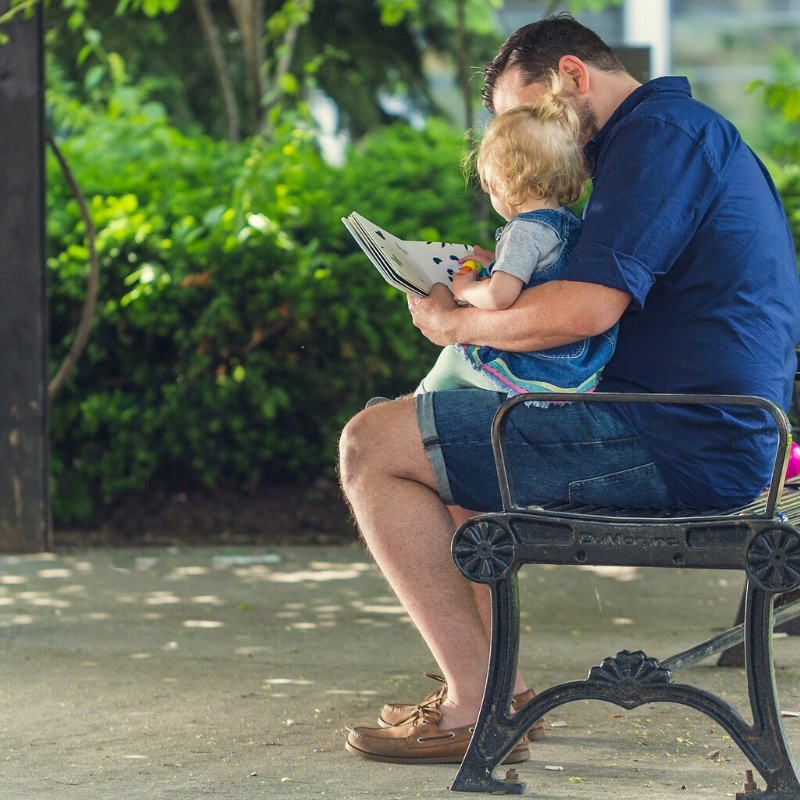Read alouds really get me on my soap box. I think reading aloud is one of the MOST powerful thing things you can do at home with your own children or in the classroom with your students. I was so excited when my sweet friend, Macy Gilson invited me to share some read aloud do’s and don’t on her website. You may remember Macy from this Ask the Expert post. If you haven’t read it yet, it’s a must read.

Read Aloud Do’s:
- Choose books that are age appropriate for your child and appeal to their interests. I don’t get caught up in reading levels, but there are going to be books that are better for babies and books that are better for older children. Most books will have an age range on them to help guide you.
- Keep books throughout your home that your child can easily grab and read. I love shopping for books at used book sales. I have found books as cheap as 25 cents each! These are the books that I usually keep around the house for my daughter because I am comfortable with her handling them. Books that are special stay at a higher level and I bring them down when we can enjoy them together.
- Reread favorite stories. I’m sure every parent can name a few books that they have read a few hundred times. Repetition is important for your child’s development and it’s great to enjoy a favorite story over and over.
- Introduce book vocabulary. When I was in the classroom I always told students who the author and illustrator of each book we read was. They quickly learned the meaning of both words and would look at the cover of each book we read to see who wrote it and who illustrated it. They were really impressed when the same person did both jobs! Here are a few things you can think about mentioning when you read:
- “The title of this book is…”
- “________ is the author of this book. That means they wrote the words.”
- “________ is the illustrator of this book. That means they created the pictures.”
- “This is the title page. It tells us the title of the book one more time.”
- “This book has a dedication page. The author was thinking of someone special when they wrote this story.”
- “This is the spine of the book. It tells us the title of the book so we can find it easily on our bookshelf.”
You will be amazed at how quickly your child picks up on the vocabulary associated with books by just using one of these talking points with every read aloud. Pretty soon it will become a habit.
